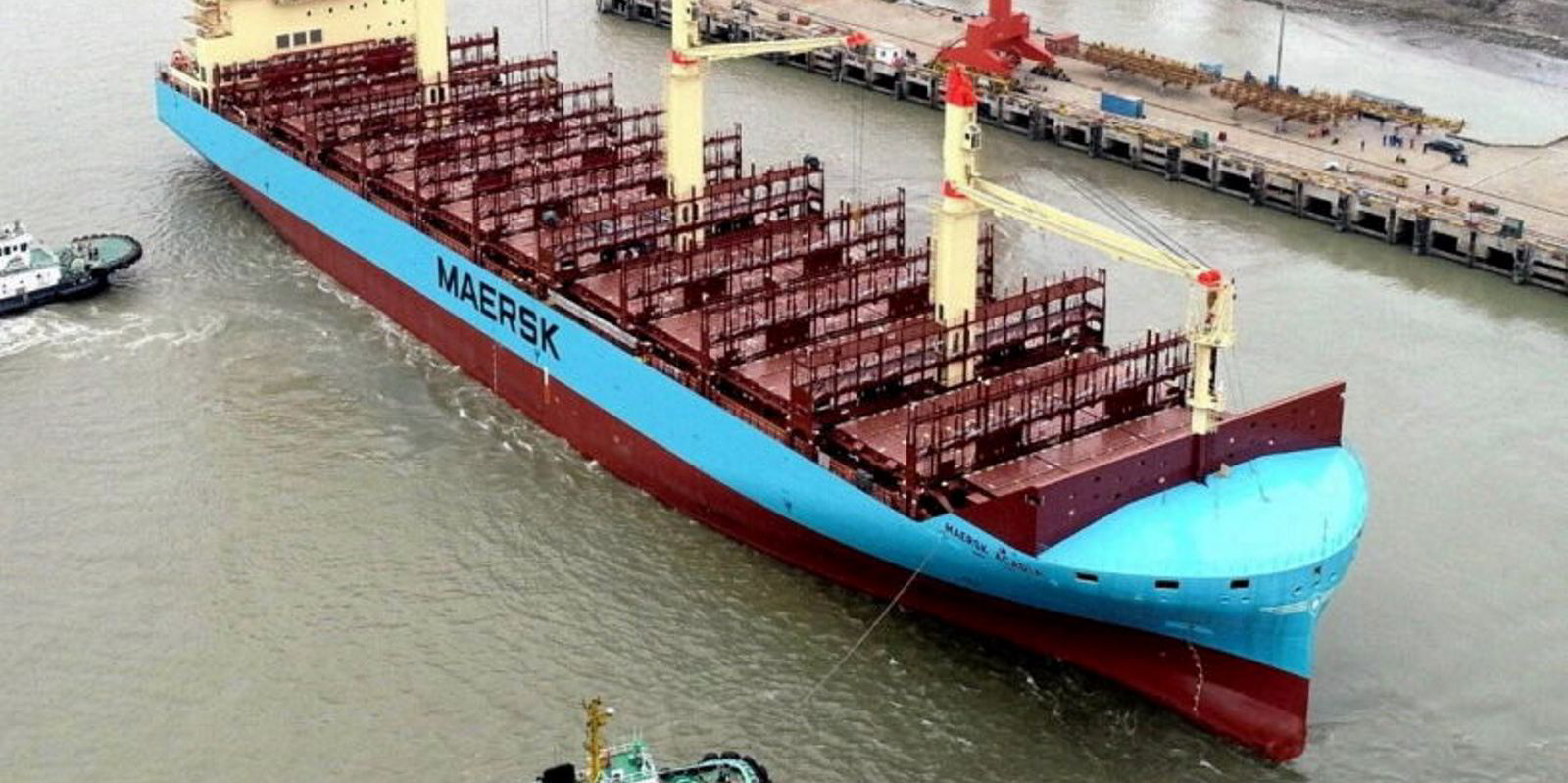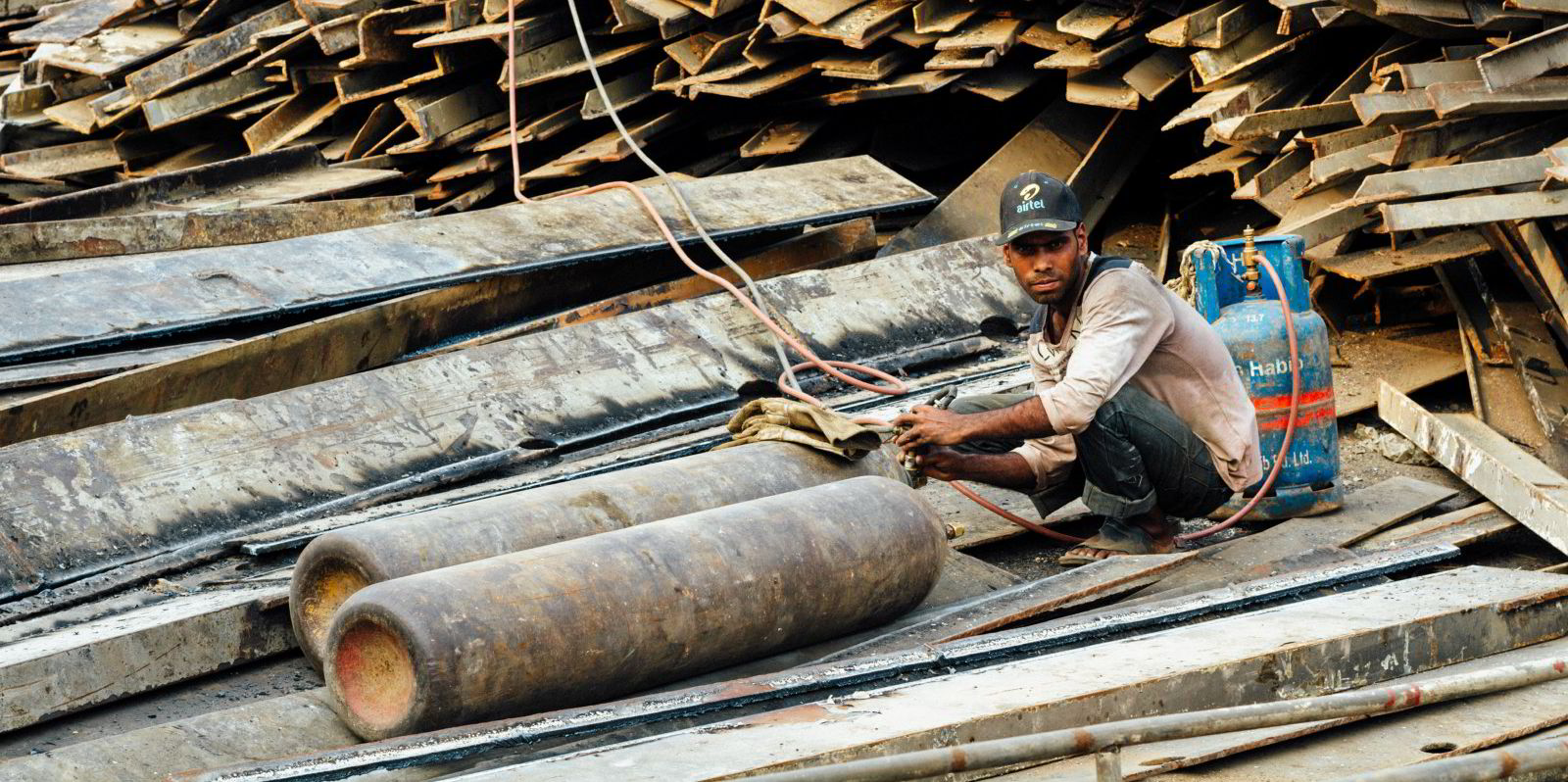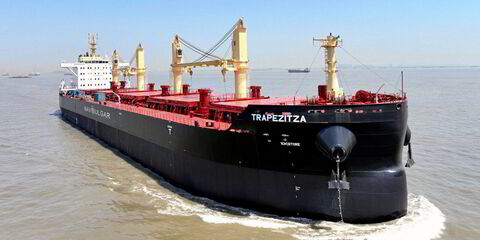AP Moller-Maersk and MSC Mediterranean Shipping Co may have decided to end their alliance partnership 2M, but the sale and purchase pipeline is still open between them.
As news broke of the end of the 2M pairing from 2025, brokers said the Swiss company is still active in the secondhand market and has snapped up what was once the world’s biggest container ship from its Danish partner.
The 9,600-teu Sovereign Maersk (built 1997), described as “iconic” by consultancy Alphaliner, has gone for an unreported price.
The vintage S-class vessel is assessed as worth $36.5m by VesselsValue, up from $18m just two years ago, but down from an astonishing $121m in May 2022 in peak markets.
The ship will be renamed MSC Domna X.
The number of second-hand vessels bought by MSC since the carrier embarked on a historic buying spree in August 2020 amounts to 271 ships with a total capacity of just over 1m teu.
This is bigger than an owner like South Korea’s HMM, currently the world’s eighth-largest, which currently deploys capacity of 816,000 teu.
Alphaliner said the last two weeks have seen a number of deals concluded in December and in early January coming to the surface.
Prices are clearly under pressure and have literally collapsed since the peak seen during the Covid cargo boom, the company added.
“This is obviously good news for smaller carriers who can now shop at much more affordable levels,” Alphaliner said.
More ships on the market
Sales candidates are increasing and prices are unlikely to rise any time soon.
Several buyers are said to be ready to go ahead with acquisition plans.
MSC earlier bought four sister ships from Maersk.
The Sovereign Maersk is part of a series of 25 vessels built for Maersk by Denmark’s Odense Staalskibsvaerft between 1996 and 2004.
A larger version, the G-class, able to load 9,500 teu, was introduced in 2005.
Maersk said at first the S-class vessel was only able to carry 6,000 teu, but the actual capacity turned out to be just over 8,000 teu.
It was the first ship to pass through this capacity barrier.
In 2012, the 8,200-teu load was increased to 9,600 teu through a wheelhouse-raising exercise and deck-cargo maximisation.




